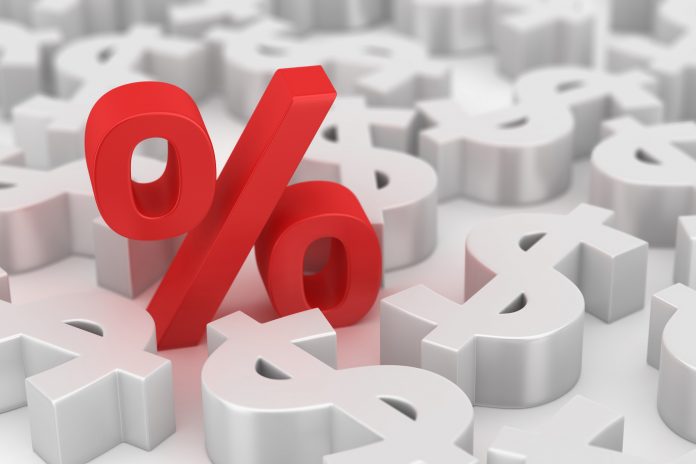Stocks traded flat this morning before rallying into the close. The Dow, S&P, and Nasdaq Composite all jumped higher in the afternoon as the market capped off its best week since November 2020.
The question, however, is whether bulls can build on the recent momentum shift, or if volatility will rip equities lower once more.
“For 2022, volatility is going to be the investor narrative,” said Greg Bassuk, CEO of AXS Investments.
“We would normally feel much more bullish around any single factor having a good ability to level the volatility, but given this unprecedented level of very significant factors that could drive the markets one way or another, we don’t see volatility normalizing over the next couple of months.”
If that’s true, then traders might want to start stocking up on Tylenol to treat their inevitable, volatility-driven headaches.
Of the “significant factors” that Bassuk said would impact stocks, none will be more important than the Fed’s rate hike schedule. Investors learned two days ago that the Fed plans on hiking rates an additional six times in 2022.
If the Fed sticks to that schedule, Fed Chairman Jerome Powell will hike hates in every remaining FOMC meeting this year. The yield curve saw two inversions yesterday in response to the Fed’s updated number of rate increases.
As of this morning, five yield spreads (3s5s, 3s10s, 5s10s, 7s10s, and 20s30s) have inverted, likely as a result of Fed Governor Christopher Waller’s comments on rates from earlier today.
“I really favor front-loading our rate hikes, that we need to do more withdrawal of accommodation now if we want to have an impact on inflation later this year and next year,” Waller said in an interview with CNBC.
“So in that sense, the way to front-load it is to pull some rate hikes forward, which would imply 50 basis points at one or multiple meetings in the near future.”
He continued, adding that the Fed may need to unload its bold holdings soon.
“We’re in a different place than we were before,” Waller said.
“We have a much bigger balance sheet, the economy’s in a much different position. Inflation is raging. So, we’re in a position where we could actually draw down a large amount of liquidity out of the system without really doing much damage.”
Waller then smashed the yield curve into pieces when he explained why he voted for a hike of just 25 bps.
“The data’s basically screaming at us to go 50, but the geopolitical events were telling you to go forward with caution,” Waller said.
“So those two factors combined pushed me off of advocating for a 50 basis point hike and supporting the 25-point hike that we enacted.”
Waller’s suggesting the Fed might accelerate the rate hikes once the war in Ukraine ends as part of a “front-loading” strategy. This spiked longer-term Treasury yields (10Y, 20Y, 30Y) lower while short-term yields (2Y, 3Y, 5Y, 7Y) climbed.
We mentioned yesterday that any time the yield curve experiences inversions as a result of a hiking cycle, a recession has followed within 1 to 3 years each time. If the Fed follows Waller’s advice and front-loads the hikes, though, a recession could easily arrive before that.
Especially if a peace treaty is signed between Russia and Ukraine before the next FOMC meeting, which currently looks like a real possibility as the conflict winds down.









